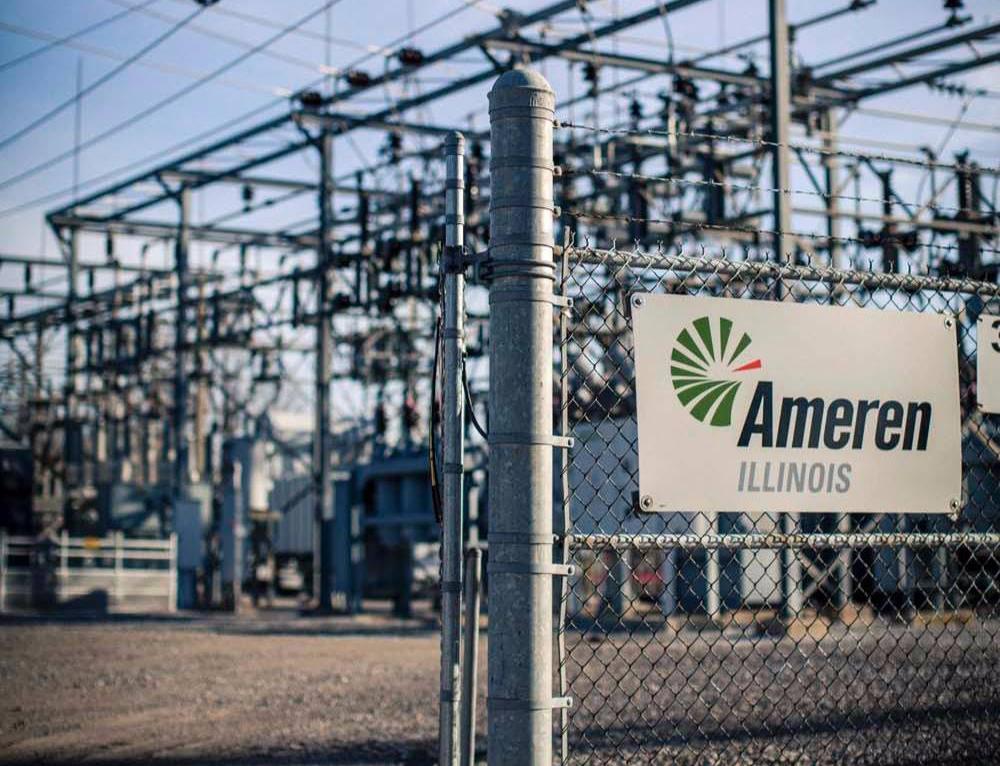The Illinois Commerce Commission has agreed with solar advocates that faulty math should not determine which residential solar customers in the state receive retail-rate net metering.
In a Dec. 2 decision, the commission rejected investor-owned utility Ameren Illinois’ calculation of a 5% threshold, which, the utility claimed, allowed it to switch new residential solar customers from retail-rate net metering to significantly lower “location-based distribution rebates.”
With a service territory covering more than half the state, the utility announced the net metering cutoff in October. Solar and environmental advocates — including the Solar Energy Industries Association (SEIA), Vote Solar and the Coalition for Community Solar Access — quickly filed emergency motions in opposition.
The commission’s decision effectively ordered Ameren to return to retail-rate net metering and provide retroactive credits to any customers who might have been affected by the cutoff.
At issue is some admittedly vague wording in Illinois’ 2016 Future Energy Jobs Act, which set up the 5% cap on net metering — the compensation residential solar owners receive for the surplus power they put back on the grid. The threshold would be reached, the law says, when the load of a utility’s net-metered customers reaches 5% of the utility’s total peak demand for the previous year.
Illinois, however, has a deregulated electricity market; so while Ameren was claiming the total load of net metered solar included all the solar customers it delivers power to, its peak demand counted the smaller number of customers who it serves as retail supplier.
Solar advocates described the utility’s math as “apples to oranges” and “absurd,” arguing instead that both net metered load and peak demand should include all the customers Ameren serves, whether as supplier or distributor. Based on those figures, the advocates said, Ameren currently has about 101.3 MW of net-metered capacity out of a total load of 7,220 MW — or about 1.4%.
Advocates welcomed the decision as much-needed support for Illinois’ flagging solar industry, which, they said, had lost 3,500 jobs in 2020 due to the combined impacts of the pandemic and a lack of state funding for clean energy programs.
“The hard work of the solar industry and clean energy advocates prevented Ameren from distorting state policy and damaging Illinois’ solar market,” said Lesley McCain, executive director of the Illinois Solar Energy Association.
Echoing McCain, Will Kenworthy, Midwest regulatory director for Vote Solar, called the decision a “small victory for a stable clean energy market” and “a big relief for the thousands of workers whose jobs hinge on fair solar policy.”
In its response to the decision, Ameren raised a traditional utility argument about the potential for cost-shifting implicit in net metering, while leaving the door open for ongoing debate.
“Some customers cannot afford solar facilities to be installed on their homes, and the law recognized that it’s unfair to increase their rates to pay for services provided to other customers. . . . The regulatory process is just that — a process. It continues to evolve and change — but the underlying policies are important and the debate that surrounds those policies is healthy and will continue.”
This content is protected by copyright and may not be reused. If you want to cooperate with us and would like to reuse some of our content, please contact: editors@pv-magazine.com.








By submitting this form you agree to pv magazine using your data for the purposes of publishing your comment.
Your personal data will only be disclosed or otherwise transmitted to third parties for the purposes of spam filtering or if this is necessary for technical maintenance of the website. Any other transfer to third parties will not take place unless this is justified on the basis of applicable data protection regulations or if pv magazine is legally obliged to do so.
You may revoke this consent at any time with effect for the future, in which case your personal data will be deleted immediately. Otherwise, your data will be deleted if pv magazine has processed your request or the purpose of data storage is fulfilled.
Further information on data privacy can be found in our Data Protection Policy.